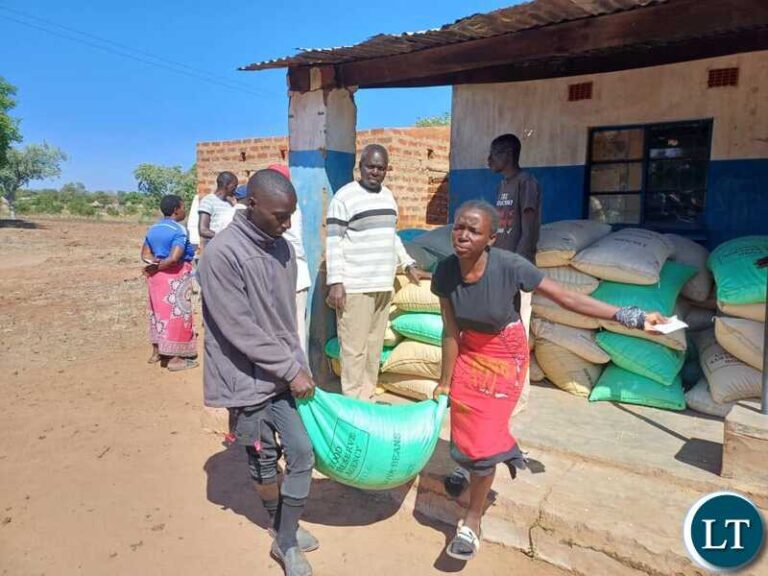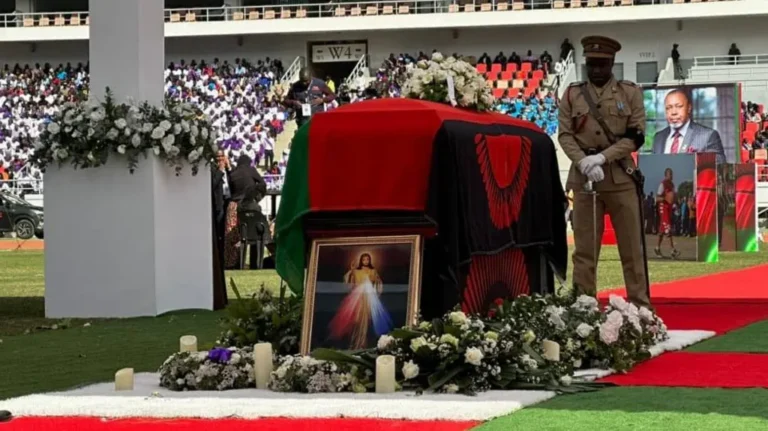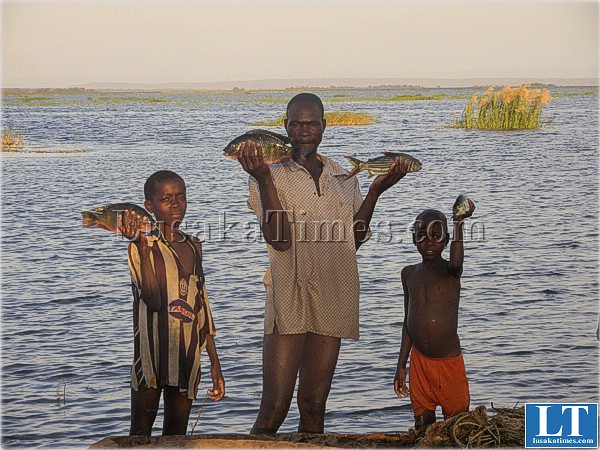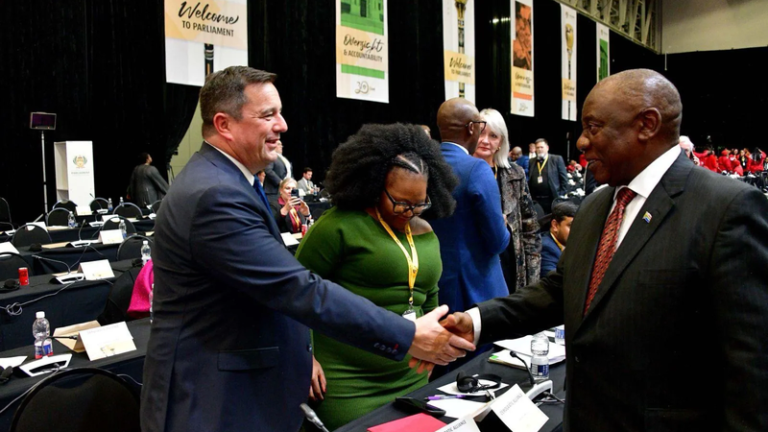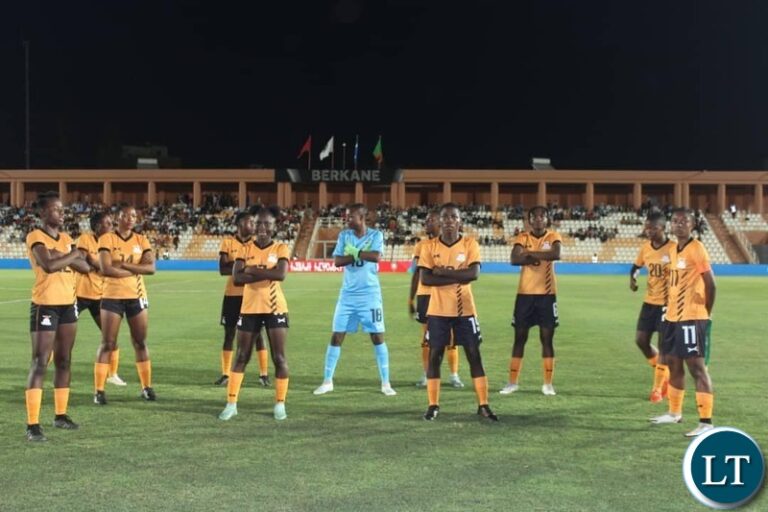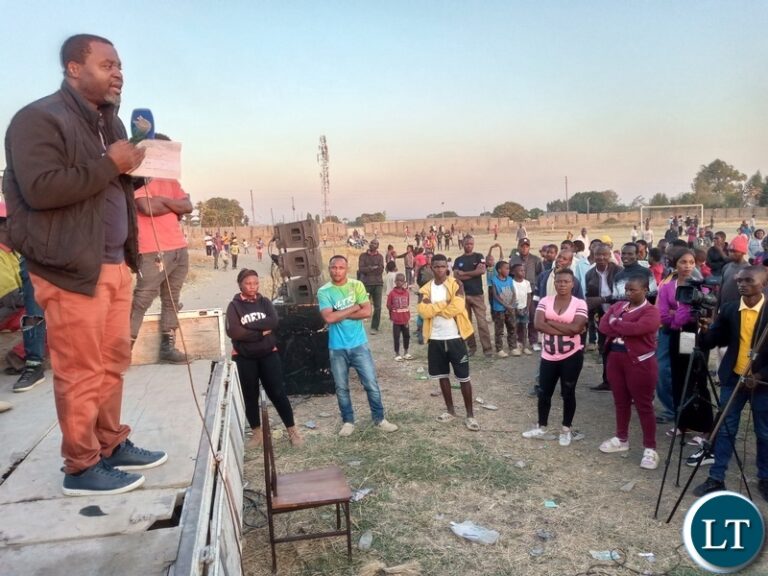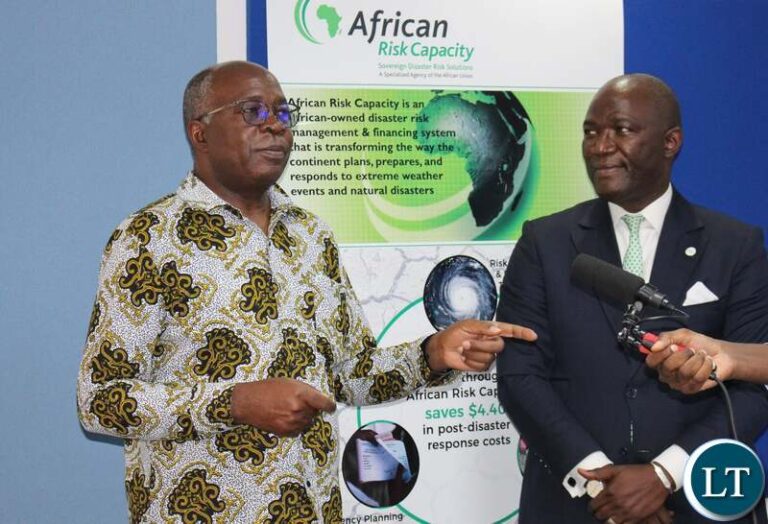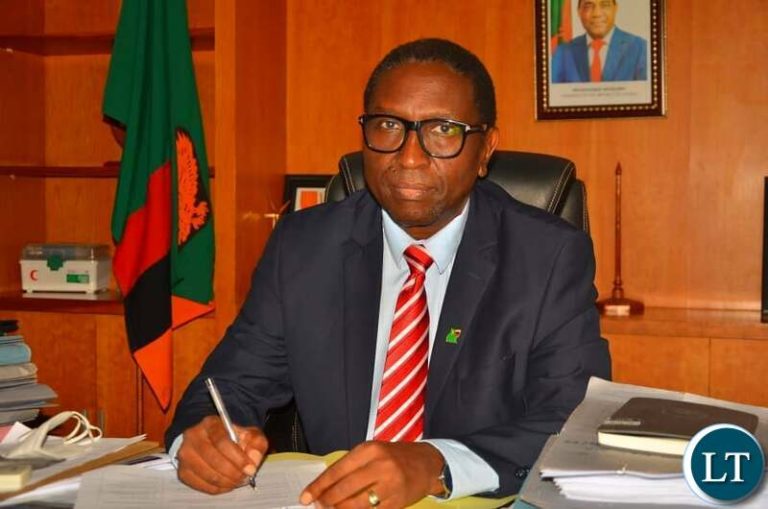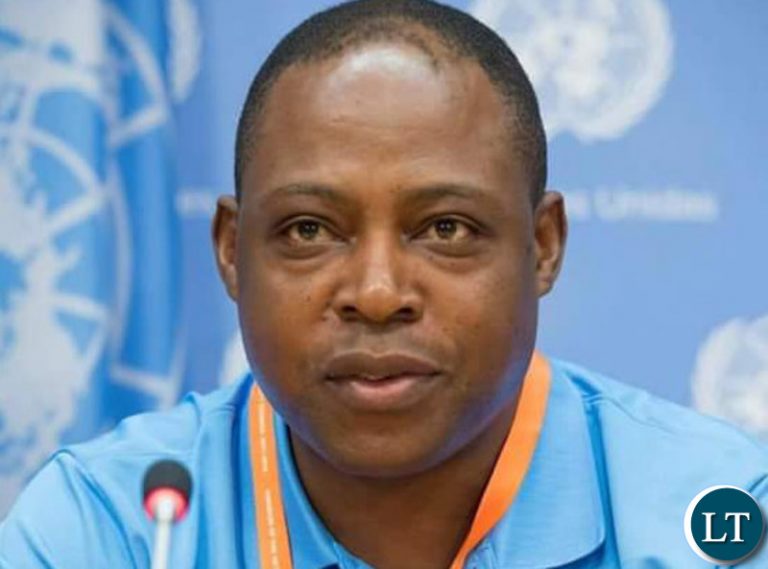I was passing through Kaunda Square market in Lusaka when an unexpected encounter struck me profoundly. As I navigated through the bustling market area, a young girl, seemingly around 15 years old, called out to me. “Uncle, uncle,” she implored, “kindly help me to ask Bamake Micheal to come out from the BAR and get him,” pointing to a crying baby of about three years old nearby. At first, I hesitated, deeming it none of my business. However, the sight of the distressed child tugged at my heartstrings, compelling me to act.
Reluctantly, I made my way into the makeshift bar where Bamake Micheal was reportedly drinking. The interior was a chaotic blend of noise and laughter, with patrons immersed in their revelry. I inquired about Bamake Micheal, but my question was met with ridicule and laughter. Undeterred, I repeated my question, emphasizing the crying child outside. The mockery persisted until Bamake Micheal finally stood up and headed towards her child.
To my dismay, after consoling the baby briefly, she returned to the bar with the child. I protested and suggested she take the baby home, but I was outmatched by the seemingly drunk crowd around Bamake Micheal. As I exited the scene, one of the patrons approached me, acknowledging my genuine concern but pointing out a grim reality: the child was better off outside the bar, away from the harmful environment within. The mother’s choice to return to drinking rather than taking her child home highlighted a deeper, more troubling issue.
Bamake Micheal, as I later learned, identifies as a Christian and is associated with the Kingdom Hall community. This affiliation made her behavior all the more perplexing. The encounter left me questioning the complexities of intervention and the broader societal issues at play.
The Bigger Picture
This incident is not an isolated case. In many communities, the presence of children in inappropriate environments such as bars is a common sight, particularly among single mothers struggling with their own battles. The reasons behind this phenomenon are multifaceted and deeply rooted in socio-economic challenges, lack of support systems, and often, substance dependency.
Socio-Economic Struggles
Single mothers often face immense financial pressures, juggling multiple responsibilities with limited resources. In such scenarios, bars can sometimes serve as a temporary escape from their overwhelming realities. However, this escape comes at the expense of their children’s well-being, exposing them to unsafe and unsuitable environments.
Lack of Support Systems
Many single mothers lack robust support systems, whether familial, social, or institutional. This absence of a safety net exacerbates their struggles, leaving them with few options for childcare. As a result, children are often brought along to places where they do not belong, simply because there is nowhere else for them to go.
*Substance Dependency*
Alcohol dependency is another critical factor. For some, drinking becomes a coping mechanism to numb the pain of their hardships. Unfortunately, this dependency can cloud judgment and prioritize immediate relief over the long-term welfare of their children.
The Need for Community Intervention
Addressing this issue requires a multi-pronged approach that involves community intervention, robust support systems, and heightened awareness. Community leaders and social workers must work collaboratively to create safe spaces for children and provide single mothers with the necessary resources to break free from the cycle of poverty and dependency.
Building Robust Support Systems
One crucial aspect of addressing this problem is to establish strong support networks for single mothers. This can include:
- Community Centers: Safe spaces where children can play and learn while their mothers receive support and resources.
- Counseling Services:Providing mental health support to help single mothers cope with stress and dependency issues.
- Economic Empowerment Programs:Offering job training and financial assistance to help single mothers achieve economic stability.
Raising Awareness
Public awareness campaigns can play a significant role in changing societal attitudes and behaviors. Educating the community about the detrimental effects of exposing children to harmful environments and promoting responsible parenting can foster a more supportive and proactive community.
Policy and Advocacy
Advocating for policies that support single mothers and protect children’s rights is also vital. This includes ensuring access to affordable childcare, healthcare, and educational opportunities for all children, regardless of their family circumstances.
My encounter in Kaunda Square market was a stark reminder of the complexities and challenges faced by single mothers and their children. While my intervention was well-intentioned, it highlighted a much larger problem that requires collective effort to address. It is essential for communities to come together, recognize these issues, and strive to create environments where children are safe, nurtured, and given the opportunity to thrive. Only then can we hope to make a genuine and lasting impact.
Chaliafya Katungula
F(A+C+T+A+R)


